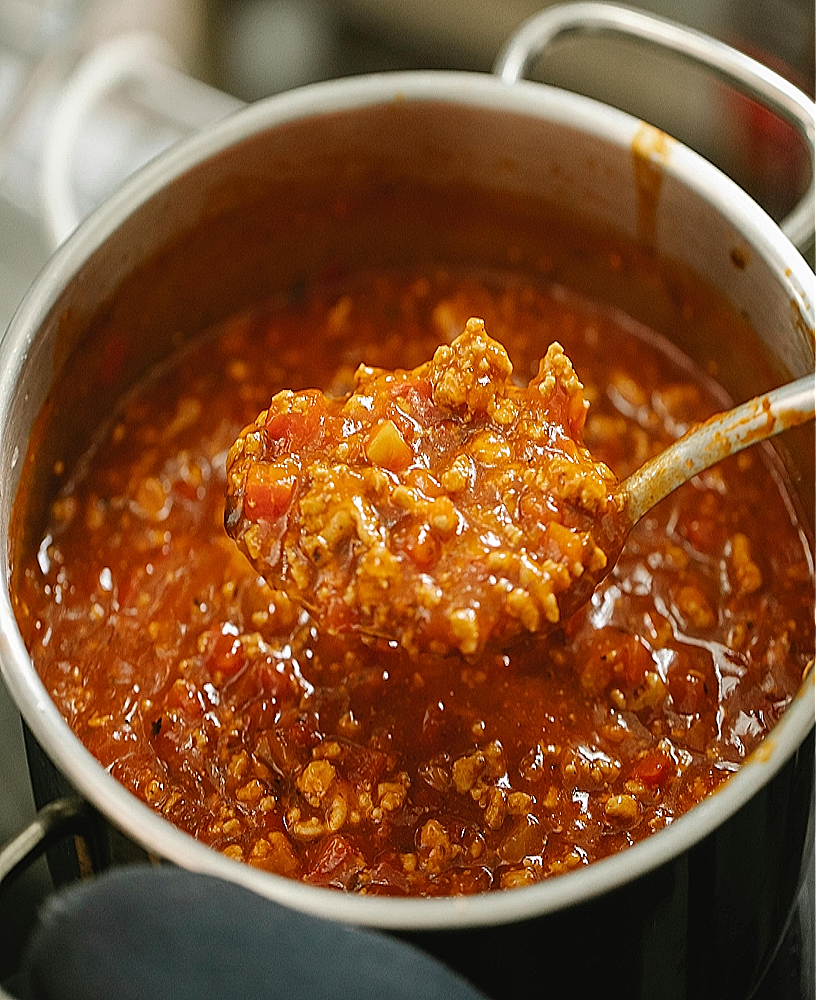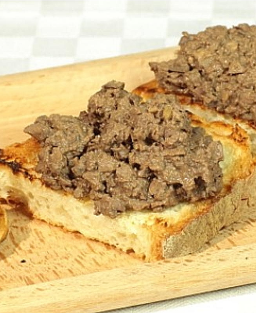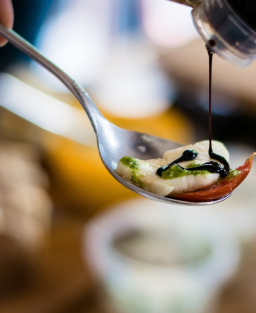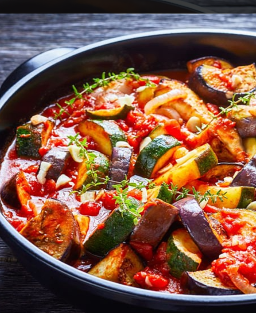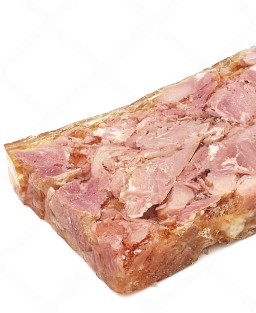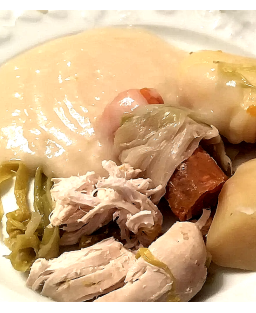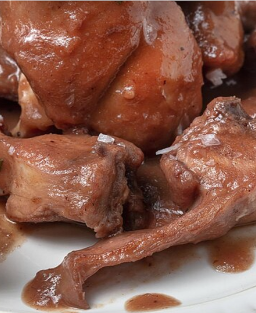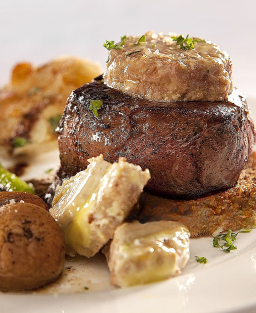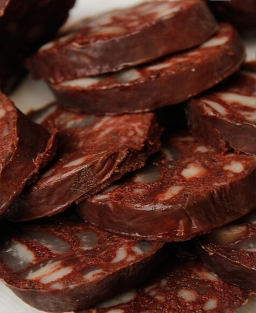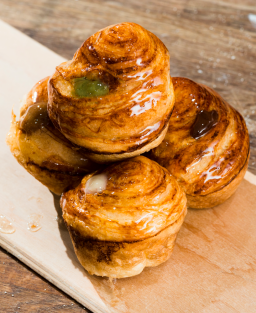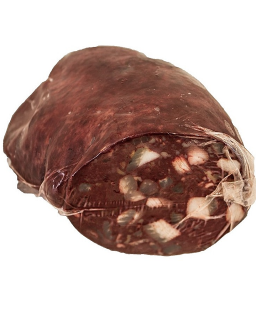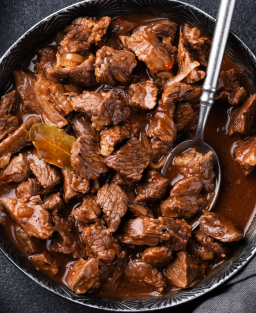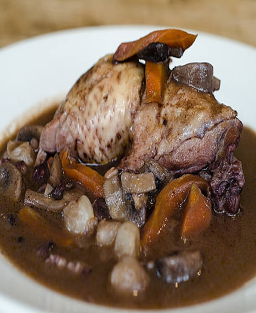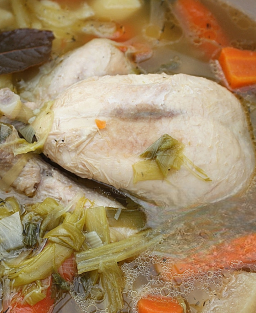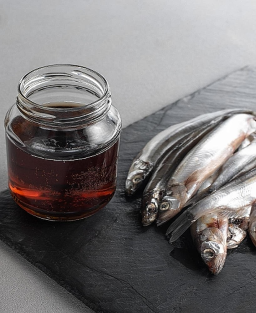Bolognese Sauce – Ragù Bolognese Recipe (Official Version)
Bolognese Sauce – Ragù Bolognese Recipe (Official Version)
Other names: Ragù alla Bolognese, Bologna Stew, Sugo alla Bolognese
Discover the traditional Ragù Bolognese recipe, an iconic Italian dish combining authenticity, rich flavors, and the nobility of local ingredients.
Quote
“The cat is like Bolognese sauce: it always lands on its pasta.”
— Philippe Geluck, And you, cat goes?
Legend
-
The legend of a Duke of Bologna who loved Bolognese sauce during family and royal celebrations is not historical.
-
Ragù Bolognese originates in Emilia-Romagna, with documented recipes dating back to the late 18th century (Alberto Alvisi in Imola).
-
In the 19th century, Pellegrino Artusi popularized the dish in his book La scienza in cucina e l’arte di mangiar bene (1891).
-
In 1982, the Accademia Italiana della Cucina officially registered the recipe with the Bologna Chamber of Commerce to preserve its authenticity.
-
The sauce symbolizes conviviality and family meals, but the story of the duke remains a culinary fiction.
Geographic origin and status
-
Country: Italy
-
Region: Emilia-Romagna
-
Official status: None (but recipe codified by the Accademia Italiana della Cucina in 1982)
-
Recipe creator: Oral transmission and historic local chefs
-
Codified recipe: Yes
-
Official specifications: Minced meats (lean beef and pork), mirepoix, wine, milk, peeled tomatoes, slow cooking minimum 2 hours
-
-
Certification organization: Accademia Italiana della Cucina
-
Recipe evolution: Since the 19th century, the stew has evolved from a rustic preparation to a refined sauce with milk, wine, and slow cooking, keeping the traditional soffritto.
History
Ragù Bolognese traces its roots to antiquity, when the Romans already prepared complex sauces with meat, vegetables, and spices to accompany pasta and grains. These preparations served to season and preserve meat, laying the foundation for a sophisticated cuisine.
In the Middle Ages, meat-based sauces developed in Italian noble courts. Chefs used game, beef, and sometimes pork, enriching sauces with wine and spices imported via Mediterranean trade routes.
During the Renaissance, French culinary influence introduced the mirepoix: a harmonious combination of finely chopped carrot, celery, and onion. This technique structured sauces and perfected meat cooking.
In the 19th century, Emilia-Romagna saw a rise of local stews. Quality meats were now associated with slow cooking, often for several hours, to fully develop flavors. Around this time, a chef named Impresi introduced milk to soften tomato acidity and enrich the texture, creating the modern Ragù Bolognese.
In 1982, the Accademia Italiana della Cucina codified the recipe to preserve authenticity. According to this codification, ragù must combine minced beef and pork, a delicate mirepoix, wine, milk, and tomatoes, simmered slowly to achieve a creamy consistency.
Over time, the recipe has seen regional adaptations: veal, ham, or mushrooms depending on the season. Slow cooking between 2 and 4 hours remains key to balancing meat tenderness and flavor concentration.
Traditionally served with fresh tagliatelle, the sauce also adapts to lasagna, cannelloni, and ravioli. In the 20th century, chefs such as Gualtiero Marchesi and Massimo Bottura revisited ragù while respecting its codification, adding modernity and refinement.
International spread has sometimes caused culinary misunderstandings (associated with spaghetti), while tradition recommends tagliatelle. Local red wines (Sangiovese, Albana) continue to enrich the sauce, and butter + oil for the soffritto reflects 19th-century bourgeois techniques.
Ragù Bolognese remains a symbol of conviviality and family meals. Chefs insist on finely minced but not puréed meat, and traditions favor slow cooking over low heat or in the oven.
Today, ragù also comes in vegetarian or modernized versions, but the traditional recipe remains an emblem of Bologna’s culinary heritage.
Iconic Chefs and Contributions
-
Gualtiero Marchesi: Standardization of cooking and fine texture
-
Massimo Bottura: Modernization and gastronomic presentation
-
Carlo Cracco: Innovation in garnishes and service
-
Lidia Bastianich: Adaptation for Italian-American family recipes
-
Nadia Santini: Preservation of authentic Bologna flavor
-
Luciano Monosilio: Contemporary interpretation in gourmet restaurants
Recipe Description
-
Dish presentation: Thick sauce, brown color, intense aromas of meat, wine, and vegetables, creamy texture
-
Culinary features: Slow cooking, use of soffritto, milk incorporation, harmonious beef/pork blend
-
Required utensils: Casserole, wooden spatula, chef’s knife, cutting board, pot for deglazing, ladle
Ingredients (4–6 servings)
-
300 g lean minced beef (shank or breast)
-
150 g minced pork (shoulder or breast)
-
50 g butter
-
1 medium onion, finely chopped
-
1 medium carrot, finely chopped
-
1 celery stalk, finely chopped
-
100 ml dry red wine
-
200 ml whole milk
-
400 g peeled tomatoes or tomato puree
-
1 pinch grated nutmeg (optional)
-
Salt and black pepper to taste
-
Olive oil for cooking
-
Optional meat broth
Preparation and Method (very detailed)
Prep time: 60 min
Cooking time: 3–4 h
Step 1: Ingredient preparation
-
Peel and chop onion, carrot, celery to create a homogeneous mirepoix
-
Check meats: remove membranes and nerves, finely chop but do not purée
-
Measure butter, wine, milk, tomatoes, and seasonings
Step 2: Cooking the soffritto
-
Heat casserole over medium-low with butter + oil
-
Add mirepoix, cook 12–15 min, stir regularly, avoid over-browning
Step 3: Searing the meats
-
Add minced meats, cook over medium heat, stir for even browning
-
Avoid compacting the meat
Step 4: Deglazing with wine
-
Slightly increase heat, pour red wine, scrape the bottom, reduce almost completely (5–8 min)
Step 5: Adding milk
-
Reduce heat, pour milk gradually, stir gently
-
Maintain low temperature to prevent curdling
Step 6: Adding tomatoes
-
Add peeled tomatoes or puree, lightly crush if needed
-
Season with salt, pepper, nutmeg, adjust consistency with broth if necessary
Step 7: Slow and gradual cooking
-
Simmer 2–3 h over very low heat, stir every 15–20 min
-
Adjust moisture with broth if sauce thickens too much
Step 8: Finishing
-
Adjust seasoning, option: strain for smooth texture or leave rustic
-
Rest 10–15 min off heat before serving
Step 9: Specific cuts and utensils
-
Cuts: very fine mirepoix, finely minced meat but not puréed
-
Utensils: cast-iron casserole, wooden spatula, chef’s knife, cutting board, ladle, pot for broth
Step 10: Storage
-
Refrigeration: <4°C, covered, 48 h
-
Freezing: portioned, wrapped or airtight container, 1–2 months
-
Reheating: low heat, cover, add broth if needed, do not boil
Tips and Recommendations
-
Slow cooking is essential for intense flavors
-
Do not purée to preserve rustic texture
-
Chef’s advice: prepare the day before to allow flavors to develop
Nutritional Information (approx.)
-
Energy: 320 kcal / 1340 kJ
-
Fat: 18 g
-
Carbohydrates: 10 g
-
Protein: 25 g
-
Fiber: 2 g
-
Allergens: milk, meat (beef/pork)
-
Possible adaptations: gluten-free (suitable pasta), vegetarian version with plant proteins
Glossary
-
Mirepoix: Mix of finely chopped vegetables (carrot, celery, onion) used as an aromatic base
-
Soffritto: Slow cooking of the mirepoix in fat to release aromas without over-browning
-
Deglaze: Adding liquid (wine, broth) to the pan to recover fond and concentrate flavors
-
Maillard reaction: Chemical browning of proteins and sugars during cooking, giving taste and color
-
Simmer (frémissement): Gentle cooking just below boiling point
-
Codification: Standardization of a recipe according to an official specification







